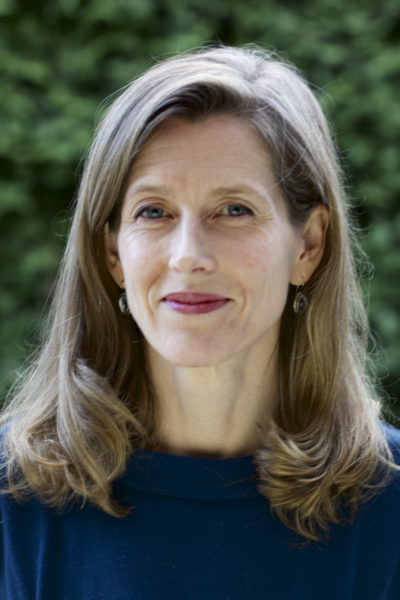Metaphysics of COP26
Karenna Gore, Director of the Centre for Earth Ethics
“Power must be challenged by power” wrote Reinhold Niebuhr in “Moral Man and Immoral Society,” and so it felt during the COP26 gathering in Glasgow. There were the representatives of the world’s most powerful governments and the lobbyists who do so much to maintain business as usual. On the other hand, there were agents of transformative change lifting up science and ethics. One question at COP26 was whether the growing cohesion and resolve in the second group is becoming an adequate source of power to change the equation. It seems that the answer is not yet, but almost.
The world’s religions are often cited for the “moral and social pedagogy” that Niebuhr warned was inadequate to effect real political change. They also have land, schools, finances, and are deeply intertwined in cultures around the world in ways that influence collective behavior. One of the most interesting aspects of this moment is to witness the work being done within faith traditions, and the connections being made across them.
A highlight for me was the Talanoa Dialogue in the historic Garnethill Synagogue, which, with a Jewish Heritage Center housed within, was itself a source of grounding gravitas for the moment. The chief rabbi of the UK and Commonwealth, Rabbi Ephraim Mirvis, gave opening remarks, and speakers across a wide range of traditions followed.
One of them, Rev. James Bhagwan of the Pacific Council of Churches, spoke from the perspective of small island nations and invoked the meaning of the seashell cross he wore. “People with a deep spiritual relationship with land and sea were told that was backwards and ignorant,” he said. “That is what colonization did to us.” Clearly these faith communities are focused eradicating that effect of colonization and reclaiming that relationship. Rev. Bhagwon also expressed the fight for climate justice (including loss and damage) in terms of the Biblical story of Cain and Abel, not only asking “Am I my brother’s keeper?,” but connecting it to the question on the minds of many with a stake in this COP: “Who will pay?”
The most interesting encounters I had were with people who were most vocal on the outside of the COP, even if they also appeared within the “Blue Zone” as official observers. I was fortunate to have a chance to speak with Telma Taurepang of the Union of Indigenous Women of the Amazon, who expressed the importance of women claiming power in this time because they are especially called to speak for “Mother Earth”. Taurepang also made public comments about one of COP26’s most heralded announcements: the pledge to halt and reverse deforestation by the end of the decade, which was backed by public and private financing of $19 billion. She was sceptical based on experience: “The resource, when it arrives, doesn’t reach Indigenous peoples” she said. Instead, it “goes to those who deforest,” and the deforestation continues.
This brings us back to moral philosophy. Theologian Cynthia Moe-Lobeda has written about the concept of “structural evil,” explaining that one of its key characteristics is that it easily masquerades as good. This is one way to explain the tidal wave of greenwashing that accompanies the business-as-usual group at the COP. But a worthy counterforce is building, drawing not only from the science, but also from the transformative work being done within communities who are ready to claim their power.

